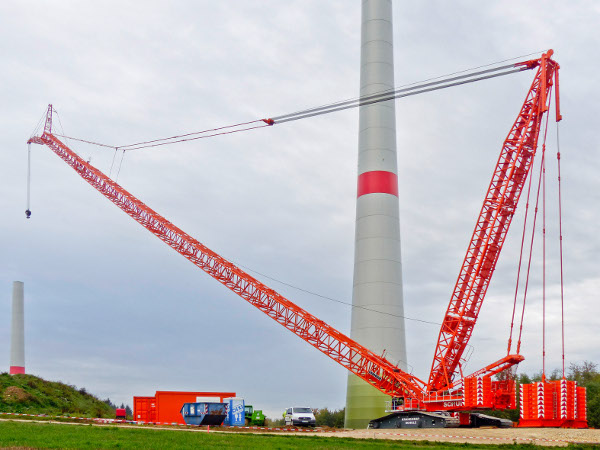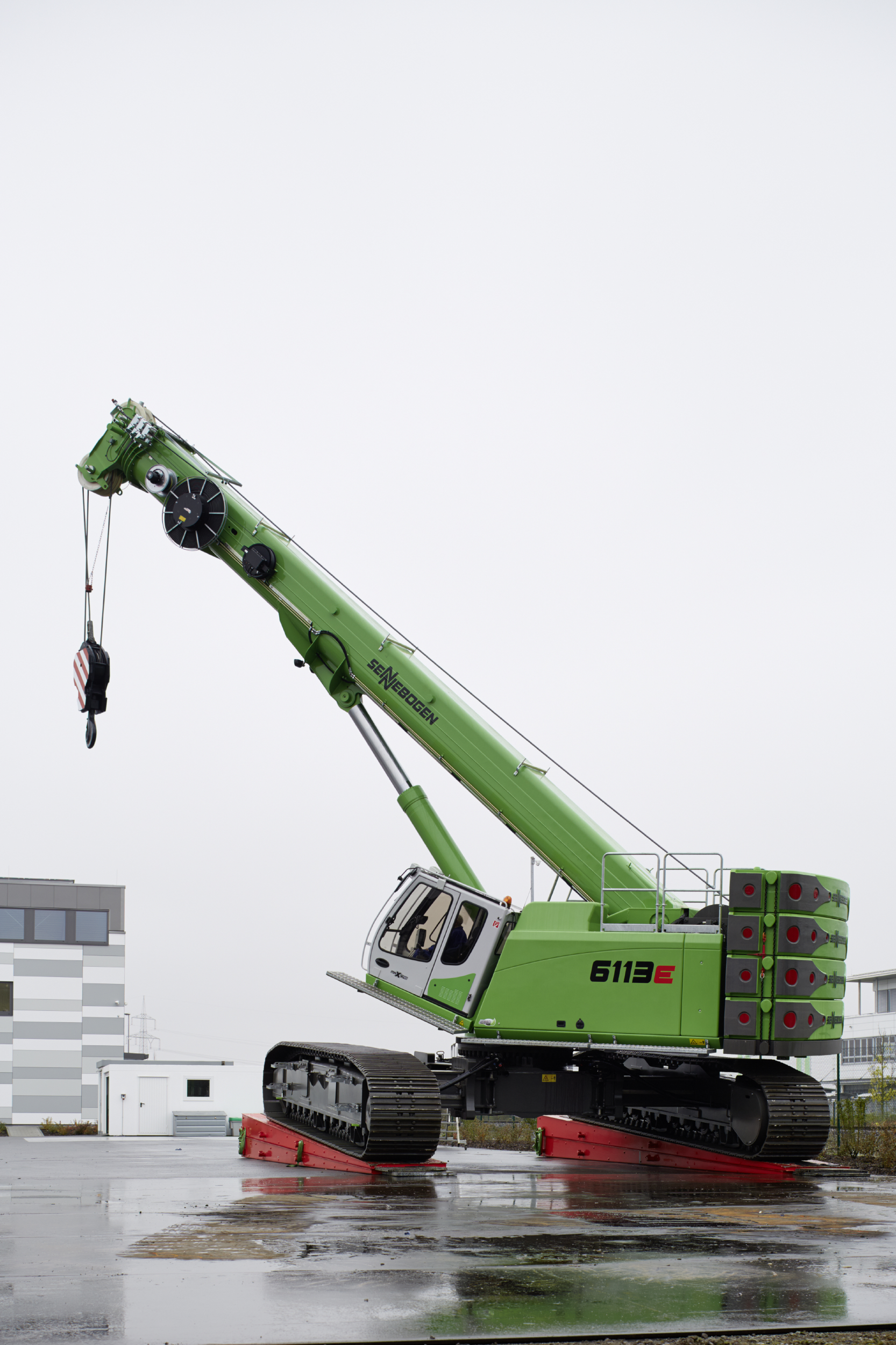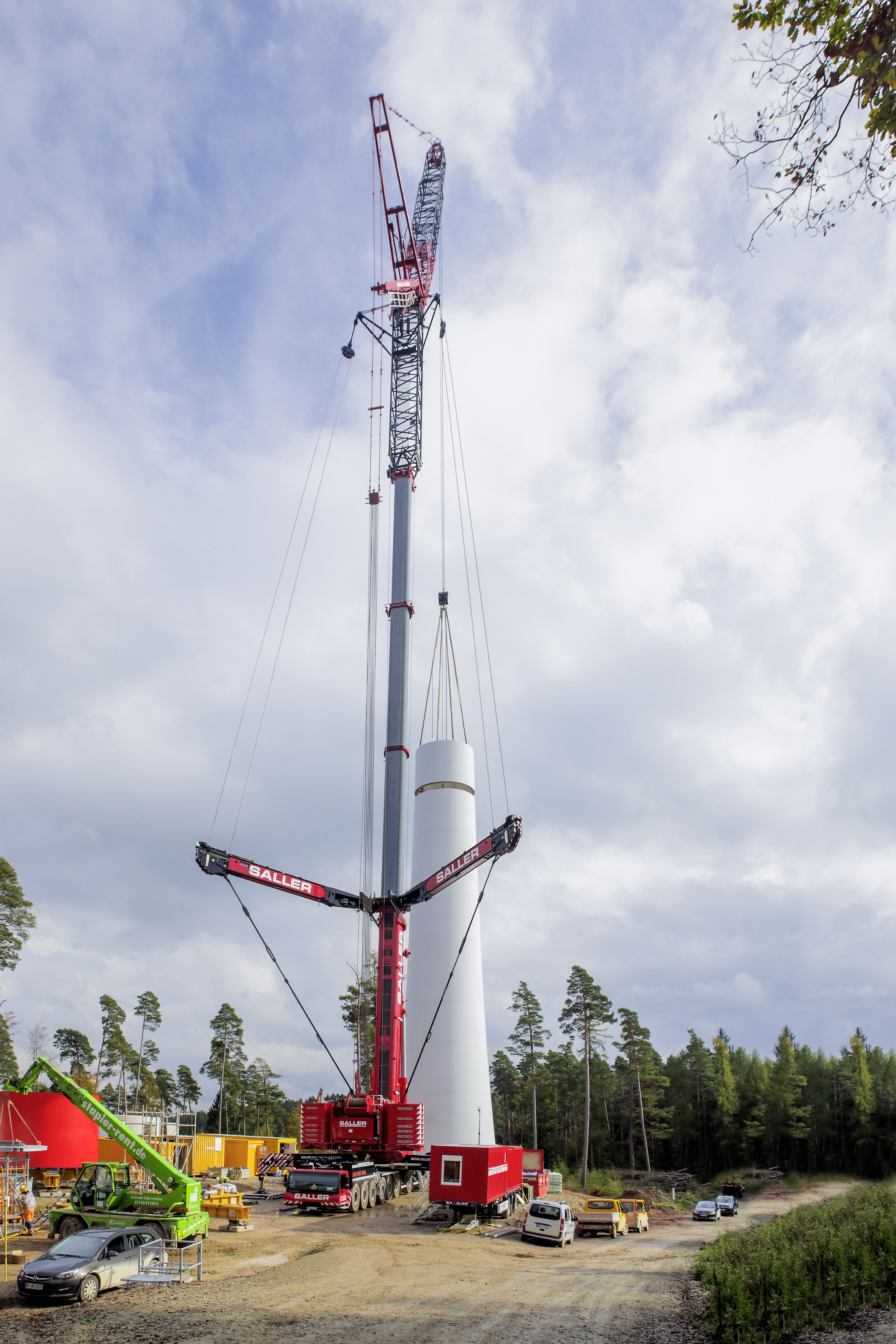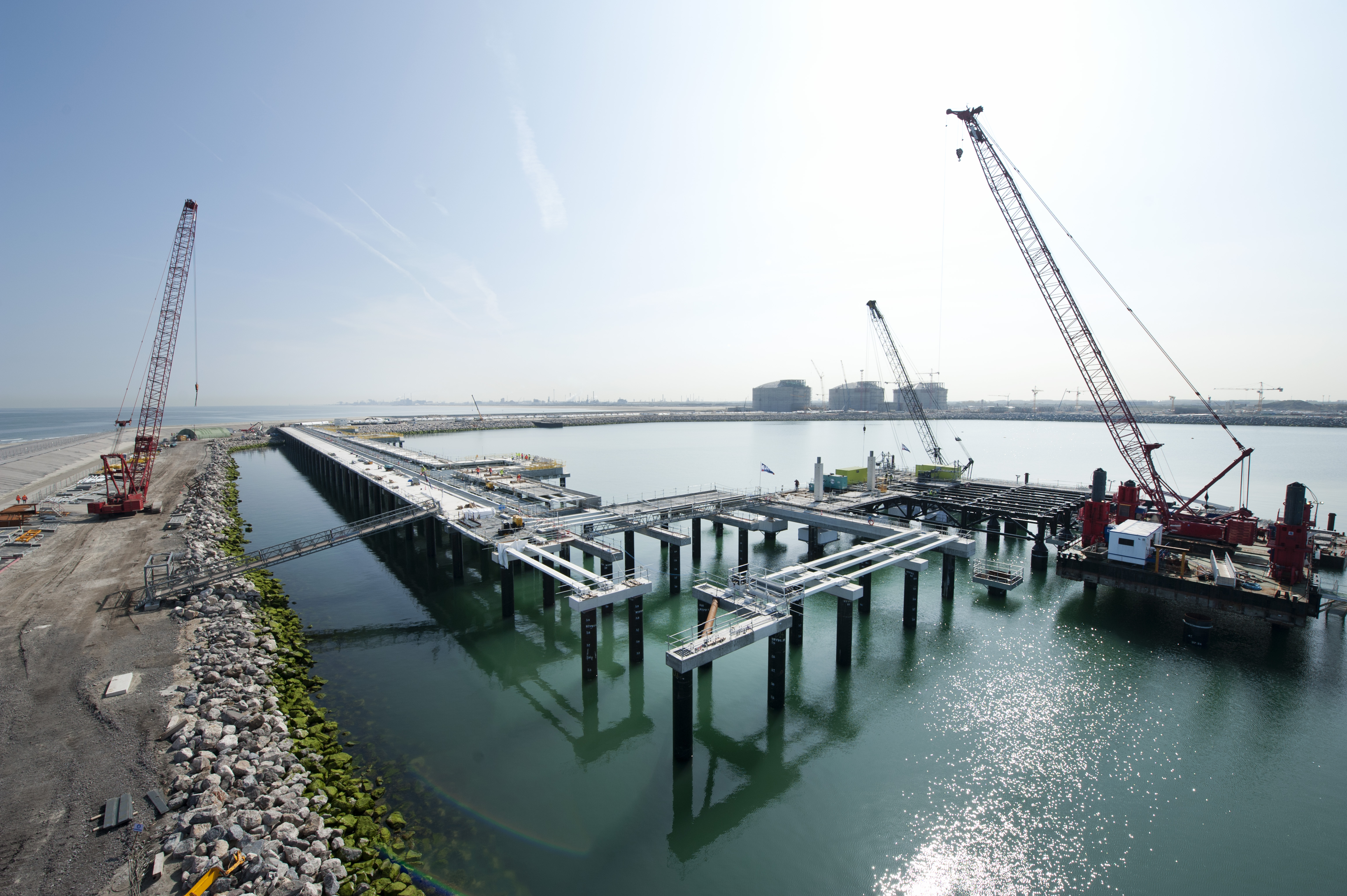Hamburg-based crane company Autokranvermietung Krandienst Schulz has entered the crawler crane hire market with the purchase of a Liebherr LR 1600/2.
The crane features Liebherr’s new SL13 boom system, designed to assist with the erection of the latest generation of wind turbines with hub heights of more than 150m.
Krandienst has already hired the crane to a wind turbine project, with the LR 1600/2 erecting 2.5MW-class turbines at Neiler, in the Swabian Alps. The project involved lifting 63t loads to a hub height of 138m.
Company owners Günther Sichward and Michael Schmidt-Pöpping said: “We continue to see plenty of demand for cranes in the wind industry. But our large telescopic cranes are no longer suitable for erecting the latest generation of wind turbines.”
Krandienst operates 24 telescopic mobile cranes, with load capacities from 30-750t.





